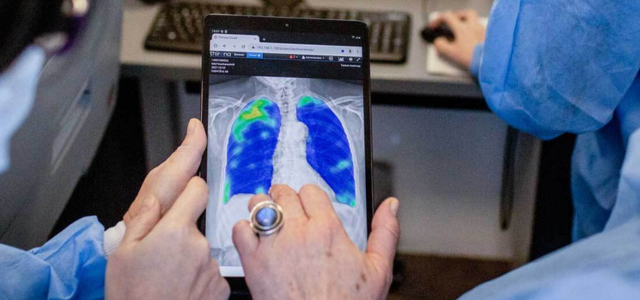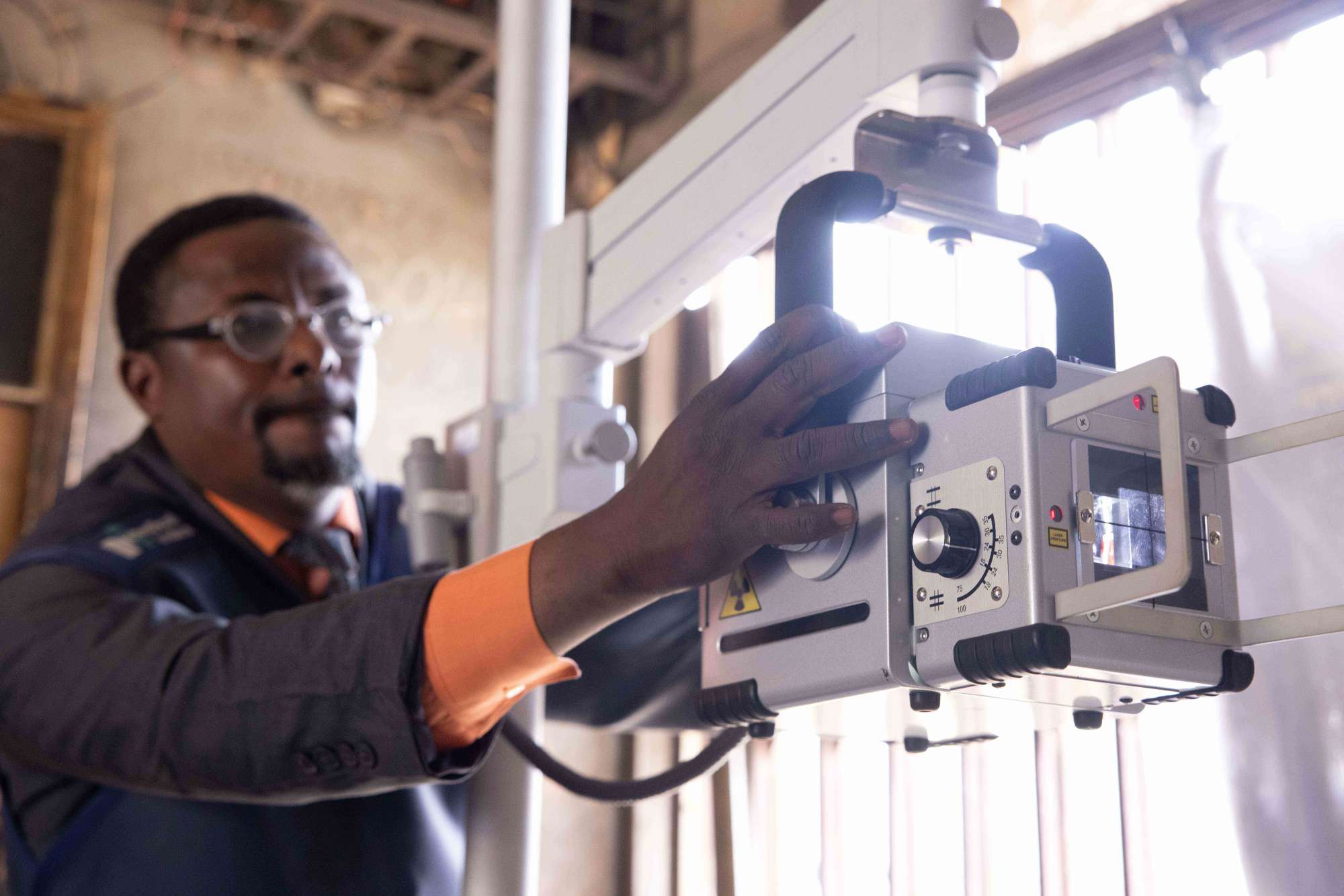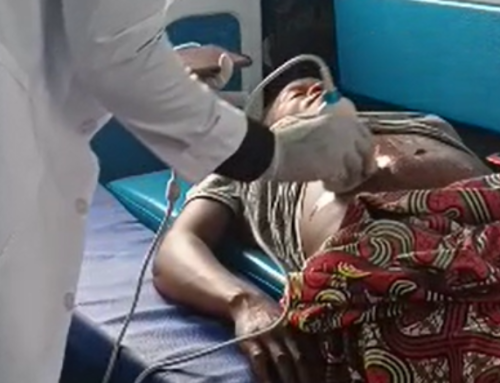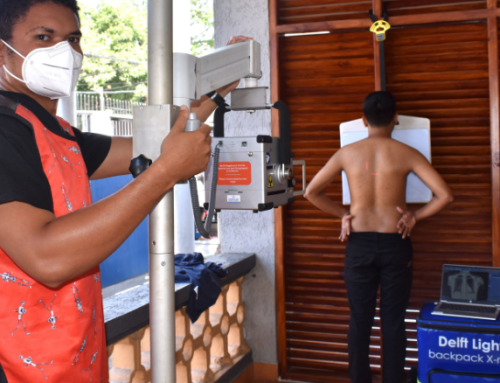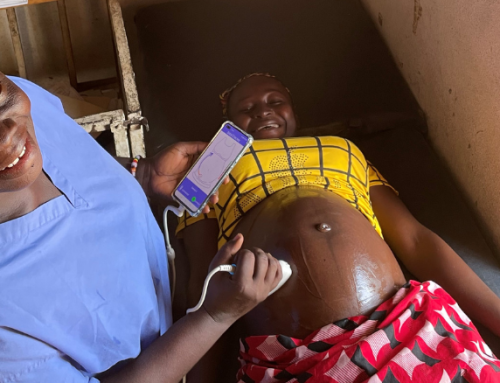In a world riddled with disparities, access to healthcare remains a critical challenge. These inequalities not only hinder access to essential services but also disproportionately place vulnerable populations at higher health risks. Addressing these gaps requires innovative solutions, particularly in overcoming traditional healthcare limitations. This is where portable digital X-rays (PDx) shine.
Traditional X-Rays vs Portable Digital X-Rays
Due to their bulkiness and stationary nature, traditional X-ray systems are ill-fitted for effective TB screening in remote areas, no pun intended. PDx, on the other hand, is crafted for mobility and versatility. Designed for agility and ease of use, it is ideal for outreach TB screening in resource-limited settings.
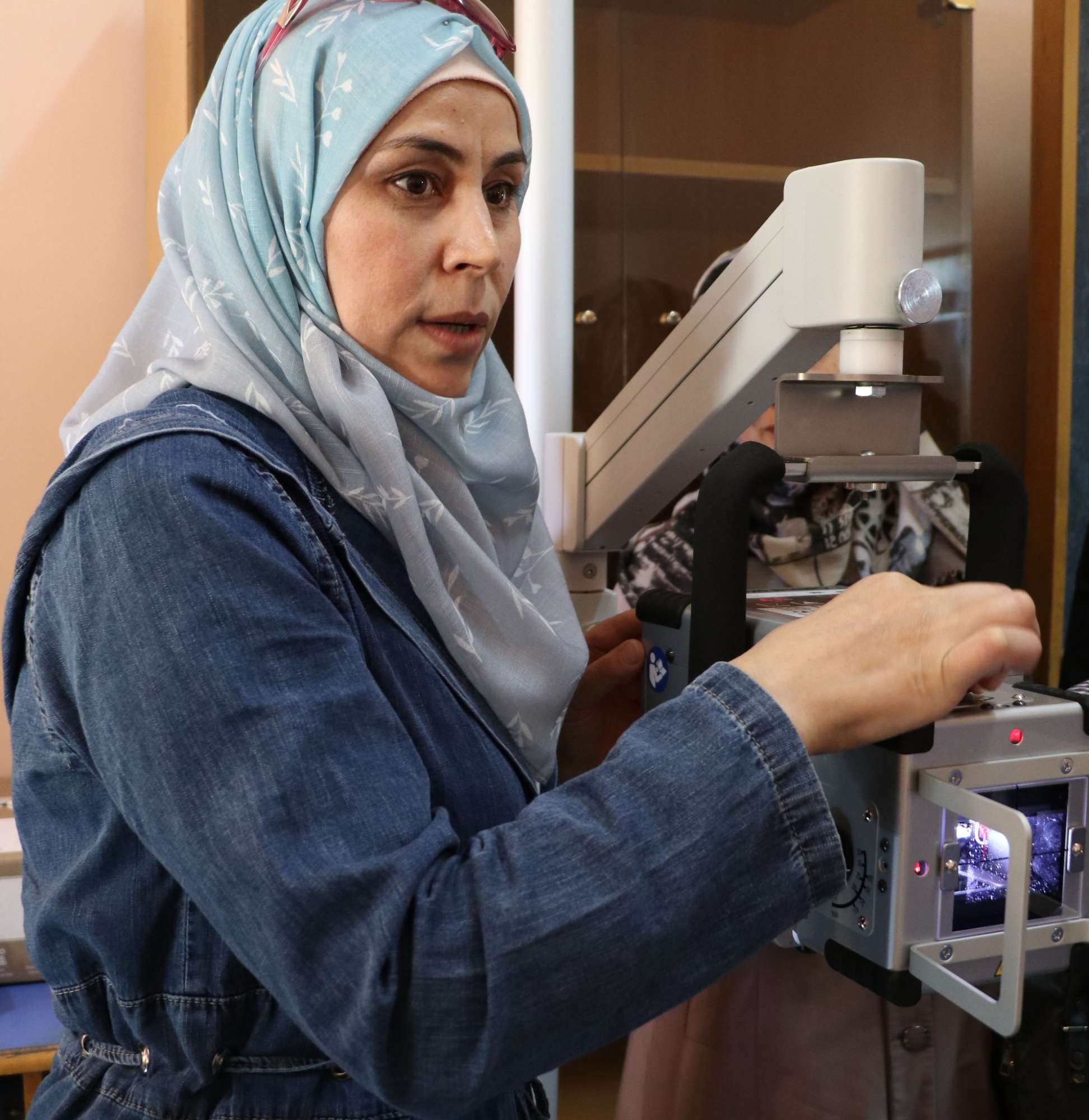
WHO and PDx
According to WHO, using portable X-ray (PDX) in combination with compatible AI-powered Computer-Aided Detection (CAD) software solutions could significantly increase the diagnostic capacities of the system, efficacy and efficiency, and its appropriateness and advantages of use. This endorsement is a significant step in the WHO plan to End the Global TB Epidemic by 2035. PDx is instrumental in this mission, strengthening healthcare systems and aiding in the finding of millions of missing people with TB, particularly in hard-to-reach areas.
The effectiveness of PDx systems can be further bolstered with solar-powered battery packs and offline CAD. This innovative approach allows for environmentally friendly, rapid and accurate screening for active TB in resource-constrained settings. Adding CAD software augments the effectiveness of PDx, making it a potent tool.
According to Dr. Stephen Macharia, senior technical advisor to NTP, the PDx can help patients access services hindered by the availability and cost of chest X-rays. “The portable X-ray devices have easy mobility, and the technologists will be able to move them around quickly,” he observes. “The benefits will contribute to an increased quality of client care and save more lives.”[1]
Pioneering Ultra-portable X-ray with The Delft Light
Delft Imaging is the pioneer of ultra-portable digital X-ray systems in a backpack. Unveiled at the UNION Conference in The Hague in 2018, the Delft Light was developed with a focus on TB screening in resource-constrained settings. The system comprises a portable X-ray unit, a solar power pack, and a state-of-the-art detector. This combination enables it to produce high-quality X-ray images in various settings, particularly in resource-constrained environments.
The Delft Light is designed for portability and functionality. It includes an integrated solar panel or GRID that can recharge its internal battery, catering to the needs of remote and resource-limited settings. The system’s energy-efficient 90 Kv generator can perform over high-quality 200 exposures a day. Additionally, its design is conducive to transport via motorbike or canoe and remains operational in areas with high temperatures and humidity.
Dr Nurov Rustam Majidovich, Director of the Republican Center for the Protection of the Population from TB in Tajikistan, highlighted the system’s impact in the 2022 Delft Webinar. “In 2022, we received Delft Light and CAD4TB for the first time, thanks to our partner USAID. So far, the systems have been deployed to screen over 3,000 people who live in remote areas and have challenges accessing TB services. These applications are especially efficient in remote, rural, and mountainous areas, and we have been using the system without any issue.” His testimony underscores the Delft Light’s utility. These features have contributed to its adoption in over 30 countries, making Delft Light a widely recognised name in portable X-ray technology, especially for TB programs.
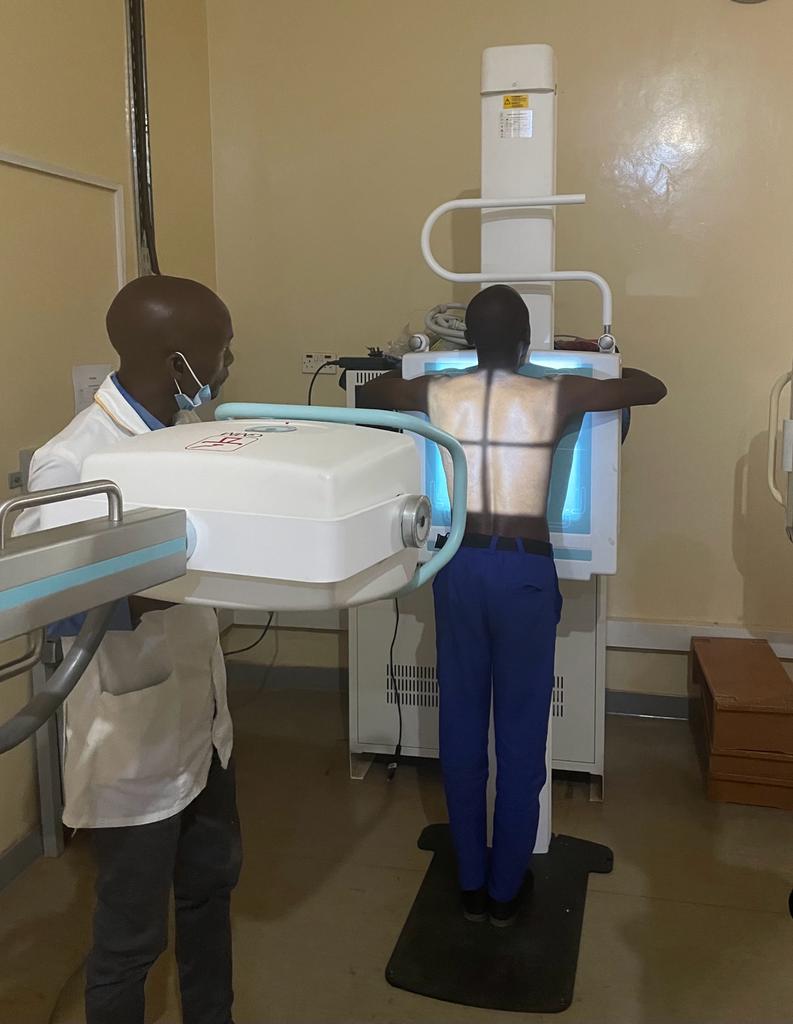
The Ultra-Portable X-Ray Breakthrough: Delft Ultra
At the recent UNION Conference in Paris, we introduced the new Delft Ultra. The compact PDx is a fully integrated system that our CAD4TB is installed in the X-ray workstation (a built-in touch panel screen). CXR images are seamlessly integrated into CAD4TB for automated analysis by clicking an exposure button.
The updated model is equipped with a 90kV and 10mAs generator, ensuring high image quality and versatility. With lighter weight and higher portability, the entire system weighs under 10kg. The Delft Ultra can be used while charging its battery, allowing uninterrupted image capturing. With a fully charged battery, it can make over 100 exposures which can be increased further by combining a solar power pack.
This ultra-portable PDx is designed for low-cost digital X-ray imaging, acquiring and wirelessly transmitting images to an archive via an onboard workstation. It targets reaching the at-risk key and vulnerable populations worldwide.
Global Impact of PDx
PDx is significantly changing the dynamics of global healthcare. Providing high-quality diagnostic imaging in previously hard-to-reach regions is crucial in ensuring health for all. Its impact is not limited to TB screening but extends to other medical conditions, making PDx a versatile tool in global health initiatives.
Emerging trends in PDx technology hint at even more compact designs, enhanced battery life, and increased integration with AI and cloud-based systems. These advancements are expected to boost TB outreach projects and the efficiency of healthcare services, making PDx a vital component in strengthening healthcare systems worldwide.
Conclusion
The advent of Portable Digital X-rays (PDx) has opened a new chapter in global healthcare. By overcoming the limitations of traditional diagnostic methods, PDx has made healthcare more accessible, especially in remote and underserved regions. As technology continues to evolve, the potential of PDx in transforming global healthcare is immense, offering hope and improved health outcomes for millions worldwide.
[1] https://nltp.co.ke/finding-missing-people-with-tb-in-kenya-introducing-new-tools-project-intp/

